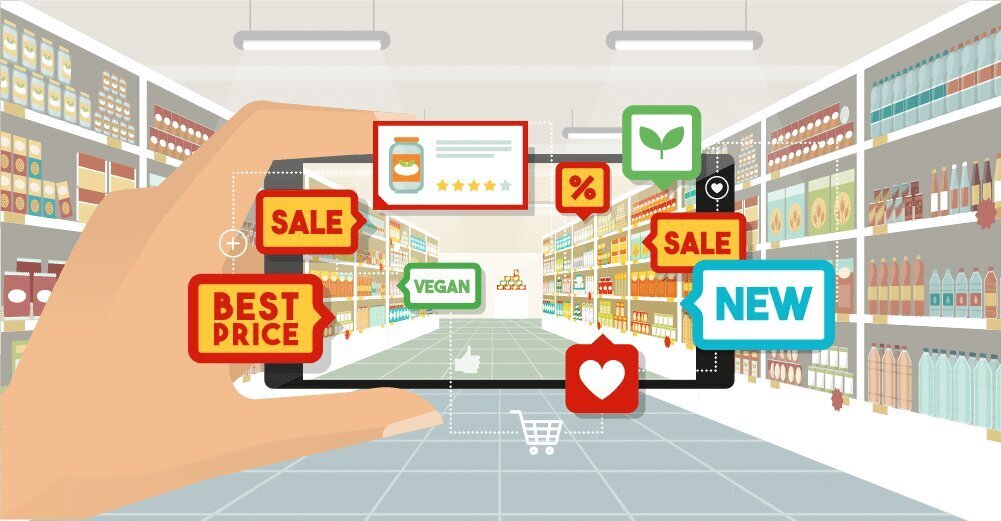Smart retail leverages advanced AI models and frameworks to enhance various aspects of the retail experience, including object recognition, behavior analysis, and recommendation systems. These technologies are transforming the retail landscape by improving customer engagement, optimizing inventory management, and providing personalized shopping experiences.
Object Recognition
Object recognition in retail involves using AI to detect and identify items within a store. This technology is crucial for several applications:
- Inventory Management: AI-powered systems can automate inventory checks by recognizing products on shelves and updating stock levels in real-time. This reduces the likelihood of out-of-stock situations and helps maintain accurate inventory records[1][4].
- Autonomous Checkouts: Using cameras and sensors, autonomous checkout systems can identify products placed in a cart and automatically process the transaction, providing a seamless shopping experience[5].
- Loss Prevention: Object recognition helps in monitoring for theft and fraud by identifying suspicious behaviors, such as items not being scanned at checkout[1].
Behavior Analysis
Behavior analysis utilizes AI to understand customer actions and preferences within the store:
- Footfall Analysis: By tracking the number of customers entering and exiting the store, retailers can analyze traffic patterns and optimize store layouts and staffing levels[2].
- Customer Interaction: AI systems can monitor how customers interact with products and displays, providing insights into which items attract the most attention and which marketing strategies are most effective[1].
- Crowd Analysis: This involves monitoring customer movements and behaviors to ensure compliance with safety protocols and to optimize the shopping experience by managing queues and staffing[2].
Recommendation Systems
AI-driven recommendation systems are essential for personalizing the shopping experience:
- Personalized Product Recommendations: By analyzing customer data, such as browsing history and past purchases, AI can suggest products that are likely to interest individual shoppers. This enhances customer satisfaction and increases sales[3].
- Targeted Advertising: AI can deliver personalized marketing messages and promotions based on customer behavior and preferences, increasing the effectiveness of advertising campaigns[1].
- Supply Chain Optimization: Recommendation systems can also forecast demand and suggest optimal inventory levels, reducing waste and improving efficiency[3].
Conclusion
The integration of AI technologies in smart retail, including object recognition, behavior analysis, and recommendation systems, is revolutionizing the industry. These advancements enable retailers to provide a more personalized, efficient, and engaging shopping experience, while also optimizing operations and reducing costs.
Sources:
– [1]: Viso.ai – The 10 Top Applications of Computer Vision in Retail in 2024
– [2]: LinkedIn – AI & the Future of Retail: Personalization, Automation, & Predictive Analytics
– [3]: LeewayHertz – AI-based Recommendation System: Types, Use Cases, Development and Implementation
– [4]: Relevant Software – Image Recognition for Retail: Enhanced Shopping Experience
– [5]: Voxel51 – How Computer Vision Is Changing Retail
Further Reading
1. The 10 Top Applications of Computer Vision in Retail in 2024 – viso.ai
2. AI & the Future of Retail: Personalization, Automation, & Predictive Analytics
3. AI-based recommendation system: Types, use cases, development and implementation
4. Image Recognition for Retail: Enhanced Shopping Experience
5. How Computer Vision Is Changing Retail – Voxel51


